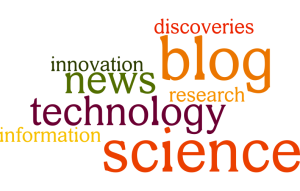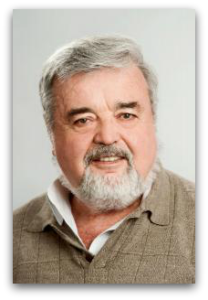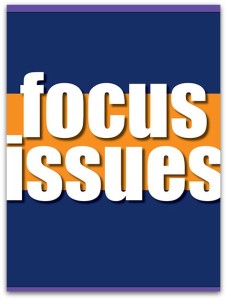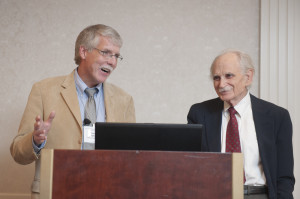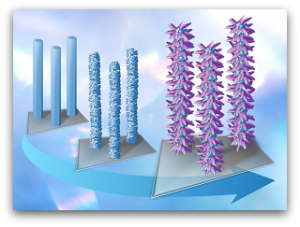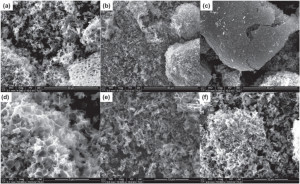
Image: Nanotechnology
Do your old, damp coffee grounds have the potential to save the world? New research from the journal Nanotechnology states that the same coffee grounds you toss in the trash every day actually have the ability to store methane.
ECS Fellow Meyya Meyyappan and a team of researchers found that by combining the used coffee grounds with potassium hydroxide, a material with the ability to store substantial amounts of methane was created.
Coffee Grounds Fight Climate Change
In light of global warming and the damaging effects rising temperatures and increased greenhouse gas emissions have on the planet, the ability to store harmful methane is critical.
Methane is a preventable greenhouse gas that accounts for about 10 percent of all harmful emissions derived from human activity. While methane doesn’t stay in the atmosphere as long as the more commonly talked about carbon dioxide, it is far more devastating to the climate due to its extreme efficiency in absorbing heat. In fact, methane is about 84 times more potent than carbon dioxide.


![[Click to enlarge]](https://www.electrochem.org/wp-content/uploads/2015/09/post-pic-224x300.png)
![[Click to enlarge]](https://www.electrochem.org/wp-content/uploads/2015/09/post-pic-2-224x300.png)
